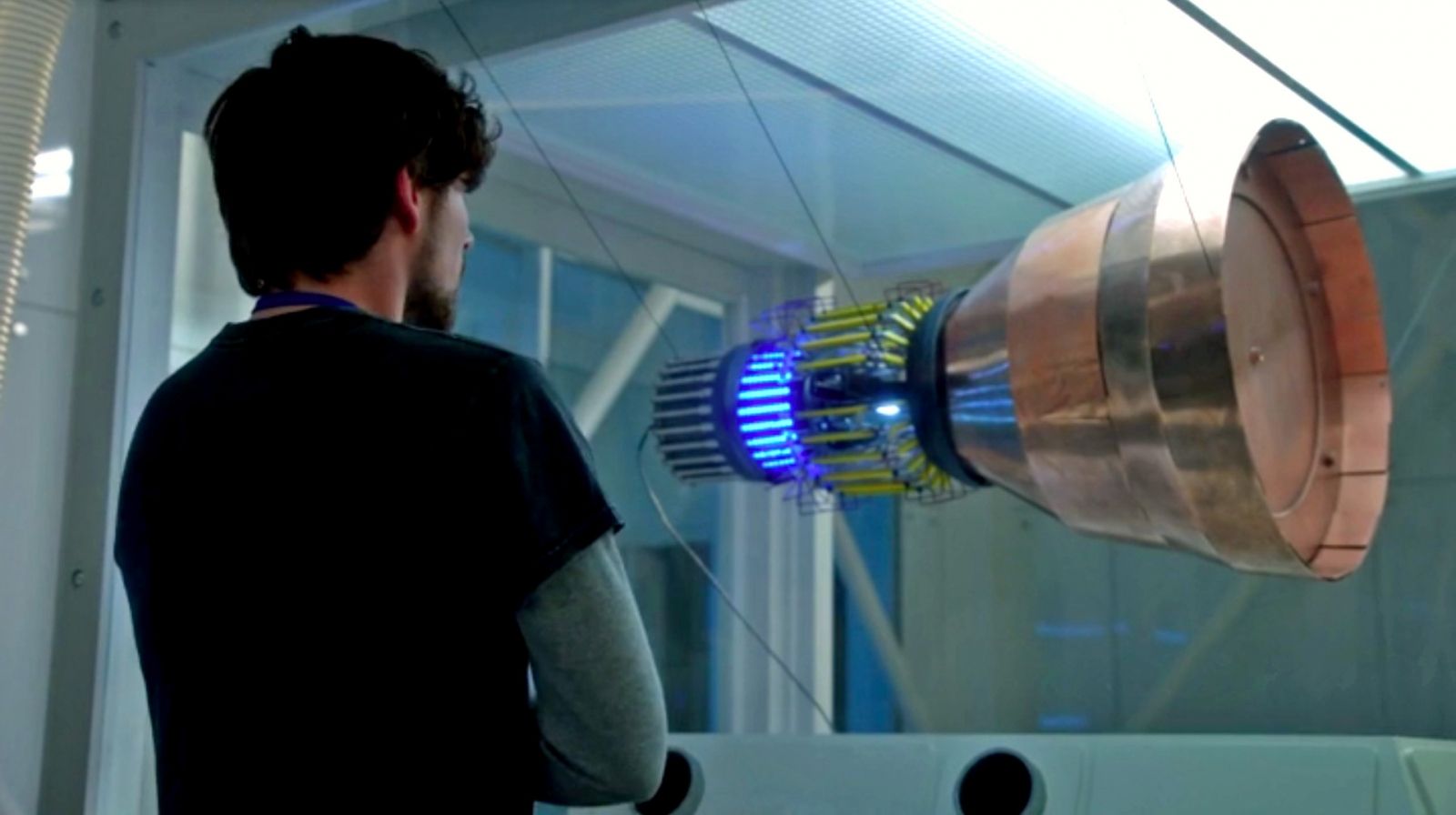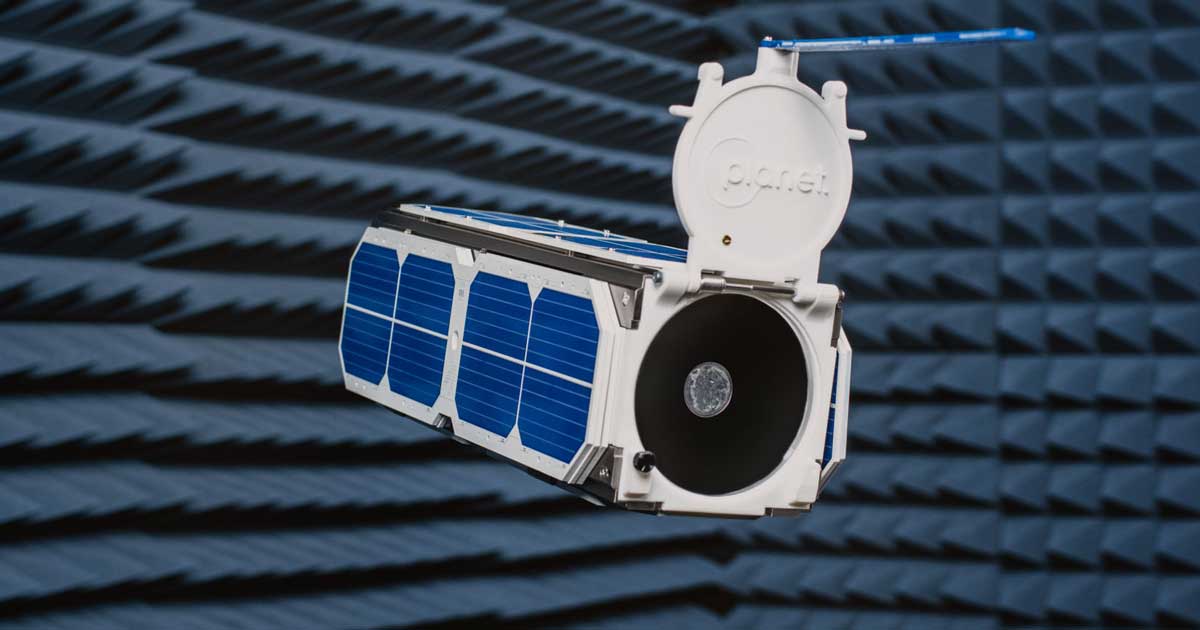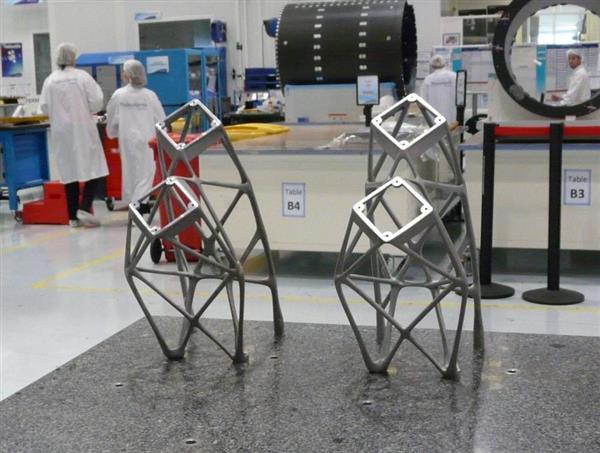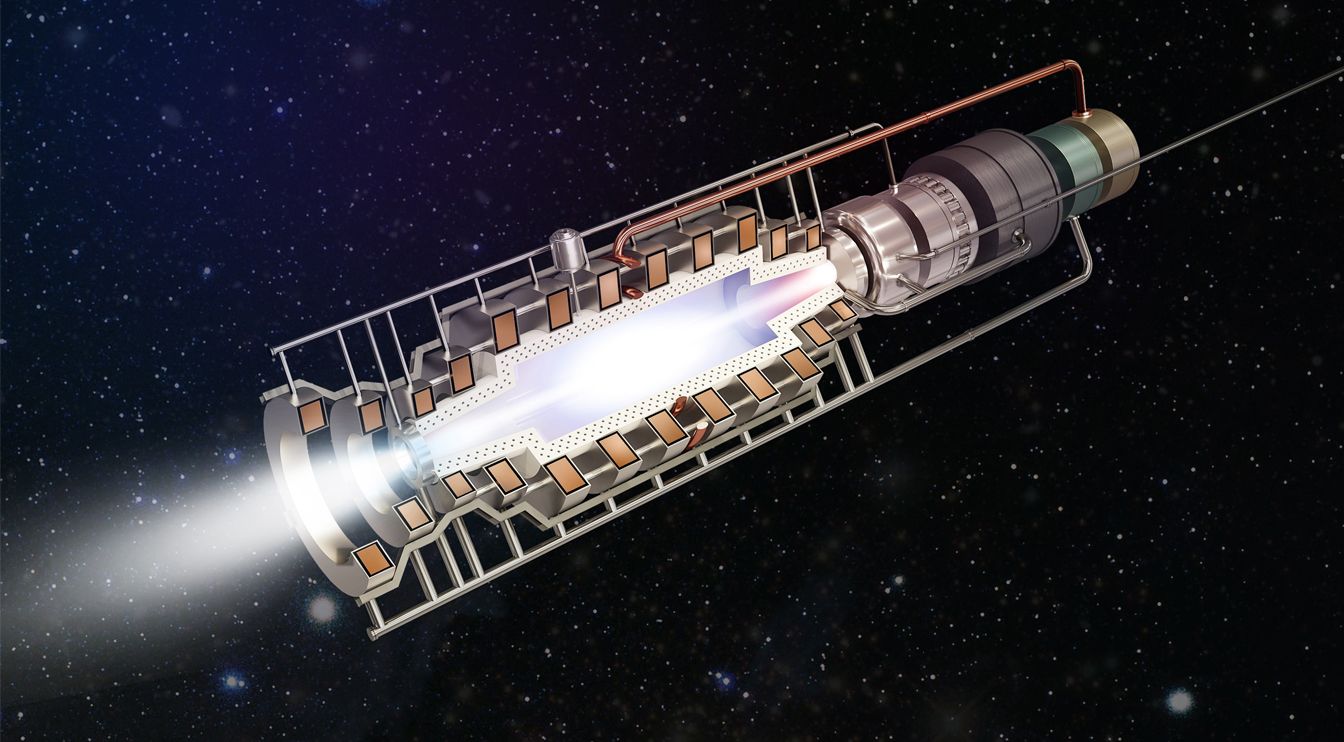Aug 11, 2017
EmDrive: Designs for reusable launch vehicle and personal flight vehicle revealed
Posted by Klaus Baldauf in categories: quantum physics, satellites
The inventor of the EmDrive, a controversial space propulsion device that may speed up space travel, has revealed details of how it could be used to create a reusable launch vehicle to take rockets and satellites into space, as well as for personal flight.
Roger Shawyer has published a presentation about the third generation of the EmDrive, which he says is an improvement on the second generation. The original concept for the EmDrive, developed in 2008, was designed to enable in-orbit propulsion. The second generation, which has been in development since 2010, uses a superconducting cavity.

















